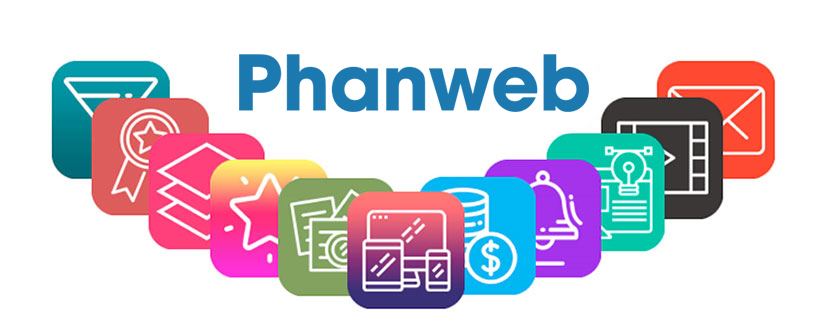In a landmark deal that sent ripples through the tech industry, Microsoft Corporation, a giant in the software and technology sector, acquired Nokia, the Finnish telecommunications giant. The acquisition marked a strategic move by Microsoft to solidify its position in the mobile market, expand its hardware portfolio, and enhance its capabilities in the ever-evolving world of smartphones.
Background
Nokia, once a dominant force in the mobile phone industry, faced challenges in the wake of the smartphone revolution. The acquisition by Microsoft, completed in [Year], represented a pivotal moment for both companies. For Microsoft, it presented an opportunity to integrate hardware and software seamlessly, a strategy that had proven successful with its Xbox gaming console and Surface line of devices.
Strategic Integration of Hardware and Software
One of the key drivers behind Microsoft’s acquisition of Nokia was the desire to control both the hardware and software aspects of its mobile offerings. By bringing Nokia’s hardware expertise under the Microsoft umbrella, the tech giant aimed to create a unified and seamless user experience across devices. This move mirrored the successful strategies of other tech companies that had integrated hardware and software components to deliver cohesive products.
Windows Phone and Lumia Series
Nokia’s Lumia series, powered by Microsoft’s Windows Phone operating system, played a central role in the acquisition. The integration of Nokia’s hardware prowess with Microsoft’s software capabilities resulted in a range of smartphones that sought to offer a distinctive alternative to the dominant players in the mobile market. The Lumia series showcased the potential for collaboration between the two companies, combining sleek design, innovative features, and the familiarity of the Windows ecosystem.
Challenges and Opportunities
While the acquisition held promise, it also presented challenges. Microsoft faced the daunting task of revitalizing Nokia’s market presence and overcoming the established competition in the smartphone arena. Additionally, integrating the two corporate cultures and managing the transition for Nokia’s employees were critical aspects of the acquisition’s success.
Shift in Focus
The acquisition of Nokia marked a notable shift in Microsoft’s strategic focus, emphasizing a “mobile-first, cloud-first” approach. By aligning its resources with Nokia’s hardware capabilities, Microsoft aimed to strengthen its position in the mobile market and enhance its competitiveness against rivals like Apple and Google.
Legacy and Long-Term Impact
The Microsoft-Nokia acquisition left a lasting impact on the mobile industry. While the Lumia series faced challenges in gaining widespread consumer adoption, the acquisition served as a stepping stone for Microsoft to further explore and refine its hardware and software integration strategies. Lessons learned from the Nokia experience continue to influence Microsoft’s approach to product development and market positioning.
The acquisition of Nokia by Microsoft was a bold move that underscored the ever-changing dynamics of the tech industry. Although the Lumia series may not have achieved the market dominance that Microsoft had hoped for, the acquisition paved the way for the tech giant to refine its strategies and focus on delivering integrated hardware and software solutions. As the mobile landscape continues to evolve, the Microsoft-Nokia acquisition remains a pivotal chapter in the ongoing narrative of technological innovation and industry dynamics.

